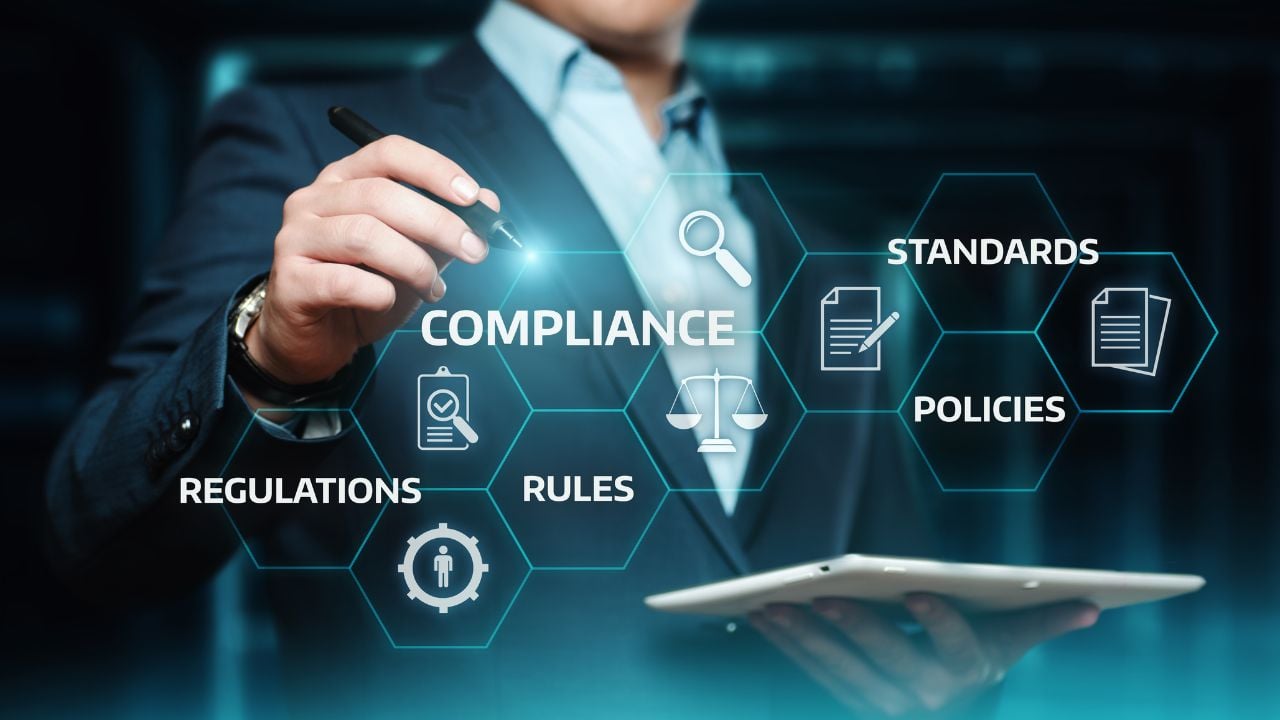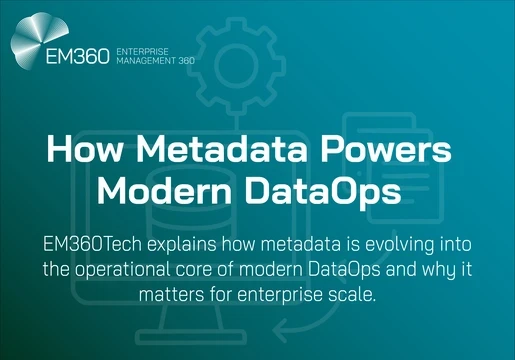Managing compliance is becoming increasingly difficult as we enter 2024. With the introduction of laws and regulations like the General Data Protection Regulation (GDPR) and the Digital Services Act, businesses have more rules and guardrails to watch out for than ever before.
Regulators are showing no signs of losing their grip anytime soon either. The EU’s recently-passed EU AI act, for instance, is likely to have a major impact on the way organisations use AI technology, which has crawled its way into almost every sector since the explosive launch of ChatGPT in 2022.
The issue is that many businesses lack the internal expertise or dedicated resources to navigate the many challenges of staying compliant. Hiring and retaining qualified compliance professionals, however, can be expensive, and businesses may struggle to justify the cost despite the increasing compliance risks.
Compliance management systems have become increasingly important in helping businesses stay compliant and avoid fines.
This article tells you everything you need to know about a Compliance Management systems (CMS), including their meaning, components, and examples of them being implemented.

What is a compliance management system? Definition
A compliance management system (CMS) is a framework of tools, processes, and policies that organizations use to follow regulations and internal standards.
It’s not made up of any one particular piece of technology or process, but a collection of tools, business processes and internal controls that work together to reduce compliance risk and help organizations meet their compliance responsibilities.
This helps businesses stay on top of their compliance obligation by establishing clear and consistent procedures for everyone to follow, reducing the risk of fines or penalties down the line.
Having an effective compliance management system is essential to an organization's compliance efforts and overall risk management strategy. Non-compliance with compliance requirements can lead to severe fines, business disruptions and increased risk of cyber attacks or data breaches.
Compliance management systems often work with a high degree of automation and proactively identify potential risks so that organisations take immediate corrective action and address compliance issues in real-time.
Why is a CMS important?
The main reason organisations need a compliance management system (CMS) is to reduce compliance risk. Non-compliance with regulations like the GDPR can lead to hefty fines, penalties, and even lawsuits, disrupting operations and ultimately leading to lost productivity.
Just look at Meta. The company was fined a record-breaking 1.3 billion by Ireland’s data protection authority last year for GDPR violations, and many other large companies have faced fines of similar calibre for failing to stay compliant.
Demonstrating compliance also trust with customers, investors, employees, and other stakeholders. According to a recent McKinsey study, 85% of respondents said it was important to know a company's data privacy policy before making a purchase.
A CMS helps you stand out as a reliable and trustworthy organization while showing your commitment to ethical and responsible business practices.
Components of a Compliance Management System (CMS)

The components of a compliance management system (CMS) can vary depending on the organization and the industry it operates in, but there are some general components that are common to most CMSs. Here are the six main components
1. Policies and procedures
These documents outline the organization's expectations for employees and how they should conduct themselves following relevant regulations and standards. They should be clear, concise, and easy to understand.
2. Training and awareness programs
Employees need to be aware of their compliance obligations and how to meet them. Training programs can help educate employees on relevant policies, procedures, and regulations. These programs should be tailored to the specific needs of the organization and its employees.
3. Risk assessment and mitigation
Organizations need to identify and assess the compliance risks they face and develop plans to mitigate those risks. This involves understanding the relevant regulations, identifying areas where the organization is most likely to be non-compliant, and taking steps to reduce the risk of non-compliance.
4. Monitoring and auditing
Organizations need to monitor their activities and conduct regular audits to ensure they are complying with all applicable requirements. This may involve monitoring employee activities, reviewing financial records, and conducting on-site inspections.
5. Reporting and corrective action
Organizations need to have a process for reporting compliance issues and taking corrective action to address them. This includes having a system for employees to report potential violations, investigating reported violations, and taking appropriate disciplinary action.
6. Technology
Compliance management software can help organizations automate many of the tasks involved in compliance, such as risk assessment, training, and monitoring. This can help organizations save time and money and improve their overall compliance posture.
Implementing a CMS
To implement an effective compliance management system (CMS), organizations need to carefully plan how it will be implemented and understand their business needs throughout the deployment and maintenance of the system.
Start by evaluating your news. Before adopting a CMS, understand your compliance and risk management goals to guide your CMS selection and setup. For instance, determine the specific regulations and standards your organization needs to comply with. This will depend on your industry, location, and size.
After identifying your needs, customize your CMS. This may include adjusting the system to fit your organizational structure, assigning roles for users, or integrating it seamlessly with existing workflows and compliance tools.
Be sure to assign clear roles and responsibilities for different aspects of the compliance program, such as policy development, training, monitoring, and reporting.

The CMS then needs buy-in from the Board of Directors and senior management. Get these stakeholders involved early in the process and make their responsibilities clear. When leaders aren't involved or don't understand their roles it becomes difficult to create a culture of compliance, increasing the risk of mistakes during deployment.
With that in mind, you also need to establish accountability. Establish clear lines of accountability during every stage of the compliance program's lifecycle. Make your expectations for employees clear, then enforce disciplinary protocols when they don’t adhere to the CMS.
By following these steps and continuously monitoring and improving your program, you can establish an effective Compliance Management System that helps your organization achieve its compliance goals and thrive in today's complex regulatory environment.
What is an example of a compliance management system?
Compliance management systems can vary depending on the sector and the regulations involved.
A hospital, for example, might have a compliance management system to ensure patient data privacy and security and comply with regulations like HIPAA. This could involve outlining how patient data is collected, stored, and accessed, teaching staff about data privacy regulations and best practices and conducting regulations to identify and address any potential vulnerabilities.
Meanwhile, banks often have CMS to comply with anti-money laundering (AML) and know-your-customer (KYC) regulations. This could include verifying the identity and background of customers to prevent money laundering and terrorist financing, identifying suspicious transactions that might indicate illegal activity, and reporting suspicious activity to authorities.
A school might have a CMS to comply with data privacy regulations for student information, such as by governing data collection, storage, and access for student information and addressing any reported incidents of bullying, harassment, or other safety concerns.
Final Thoughts
Today, a Compliance Management System (CMS) is no longer optional. It serves as a protective shield against legal and financial repercussions, a pillar of trust for stakeholders, and a driver of efficiency within organizations.
Effective CMS implementation goes beyond compliance – it fosters a culture of integrity and ethical conduct. By clearly defining expectations, streamlining processes, and continuously monitoring progress, organizations can confidently navigate the regulatory landscape and achieve their goals.
Remember, a CMS is not a static entity. It requires ongoing commitment, adaptation, and improvement. By embracing a proactive approach and investing in its development, organizations can reap the numerous benefits of a well-designed and implemented CMS, paving the way for sustainable success in the long run.







Comments ( 0 )